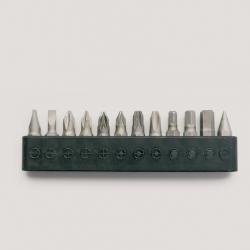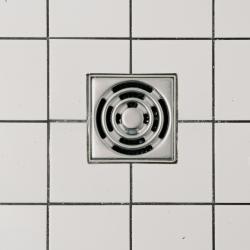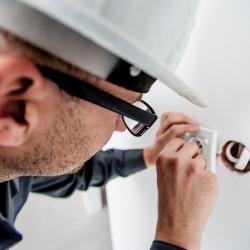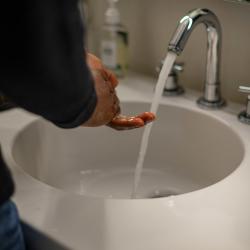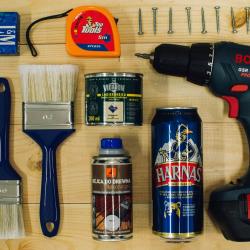How to Repair a Small Appliance: Troubleshooting Common Issues
Small appliances have become indispensable in our daily routines. From the morning coffee maker to evening smoothie blenders, these household helpers simplify our lives. However, like all machinery, they can occasionally falter. Before you consider replacing a malfunctioning device, a few troubleshooting techniques may bring it back to life, conserving both money and resources. Let’s explore how to repair small appliances by addressing common issues.
Safety First
Before embarking on any repair, ensure your safety. Unplug the device from the power source to prevent electric shocks. Familiarize yourself with the user manual, which often contains troubleshooting tips and detailed diagrams. Gather necessary tools such as screwdrivers, multimeters, pliers, and replacement parts.
Common Issues and Solutions
-
The Appliance Doesn’t Turn On
- Check the Power Source: Make sure the outlet is operational by plugging in another device. Examine the power cord for fraying or damage.
- Inspect the Fuse or Circuit Breaker: Some appliances have internal fuses. Consult the manual to find and check these components, replacing them if necessary.
- Examine the Power Button: Power switches can wear out or become dislodged. Open the casing and ensure the button is intact and connected effectively.
-
The Device Operates Inefficiently
- Clean the Appliance: Over time, dust and debris can hamper performance, especially in devices with vents or fans. Disassemble and clean with a soft brush or compressed air.
- Check for Obstructions: Ensure there are no items lodged in moving parts. For instance, blenders and food processors often suffer from material build-up.
- Inspect Belts and Gears: In mixers and similar machinery, worn belts or gears can hinder operation. Replace any worn or broken components.
-
Strange Noises or Vibrations
- Tighten Screws and Bolts: Loose parts can cause vibrations. Regularly inspect and secure any fasteners.
- Lubricate Moving Parts: Use appropriate lubricants on motors or axles to ensure smooth operation. Avoid over-lubrication, which can attract dirt.
- Examine Moving Parts for Damage: Replace parts showing signs of wear, such as cracked gears or damaged blades.
-
Overheating Appliances
- Verify Ventilation: Ensure vents are unobstructed and clean of dust. Clogged filters can cause appliances like vacuum cleaners to overheat.
- Check for Motor Issues: A faulty motor can lead to overheating. If cleaning and ventilation fixes don’t help, consider consulting a professional for motor replacement.
- Allow Cooling: Regularly overusing appliances can cause overheating. Allow devices to cool between uses to prolong their lifespan.
-
Inconsistent Performance
- Reset the Appliance: Many modern appliances have built-in resets. Consult the manual to locate and reset the device to factory settings.
- Software Updates: For "smart" appliances, ensure the software is up to date. Manufacturers might release patches to address performance issues.
- Ensure Even Surface: Ensure the appliance sits on a level surface to avoid uneven performance, particularly for scales or toasters.
When to Seek Professional Help
While many minor issues can be addressed at home, there are scenarios when professional repair is advisable. If your appliance is under warranty, unauthorized repairs might void it. Complex problems involving internal electronics, or if the issue persists after troubleshooting, warrant expert evaluation.
Conclusion
Repairing small appliances not only saves money but also reduces environmental waste. With proper care and occasional maintenance, these devices can serve reliably for years. By understanding basic troubleshooting and knowing when to seek help, you can extend the life of your small appliances, ensuring they remain a convenient part of your daily life.



